
Data-Rich Insights With Built-in Marketing Analytics Tools
Get To Know Your Audience and Improve Team Efficiencies
Loomi Analytics Assistant Will Provide Meaningful Insights
Integrate With Third-Party Tools for Seamless Reporting
Prove Impact Fast With Marketing Analytics Dashboards
Quickly analyze performance with OOTB marketing dashboards to meet your needs. Marketers can also build reports to track custom metrics, show revenue attribution, and prove the true impact of their campaigns with advanced customer analysis tools directly within the platform.
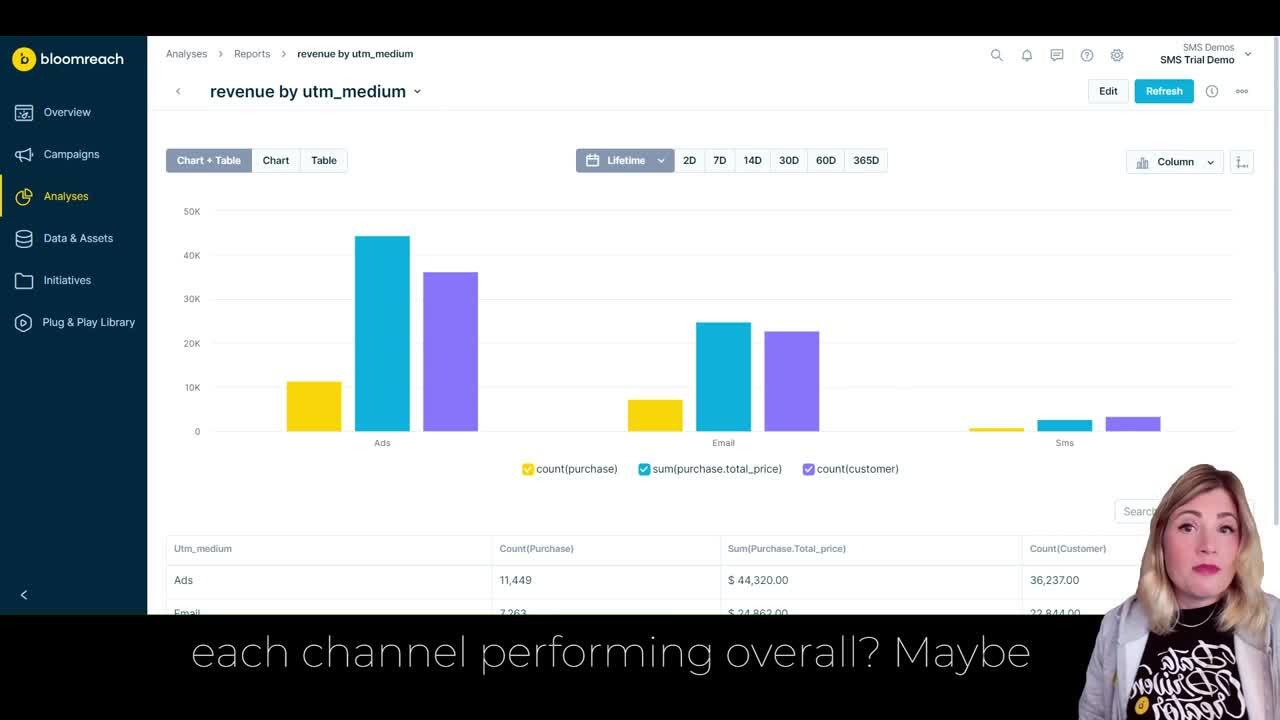
Ways To Adopt Real-Time Marketing Intelligence With Bloomreach
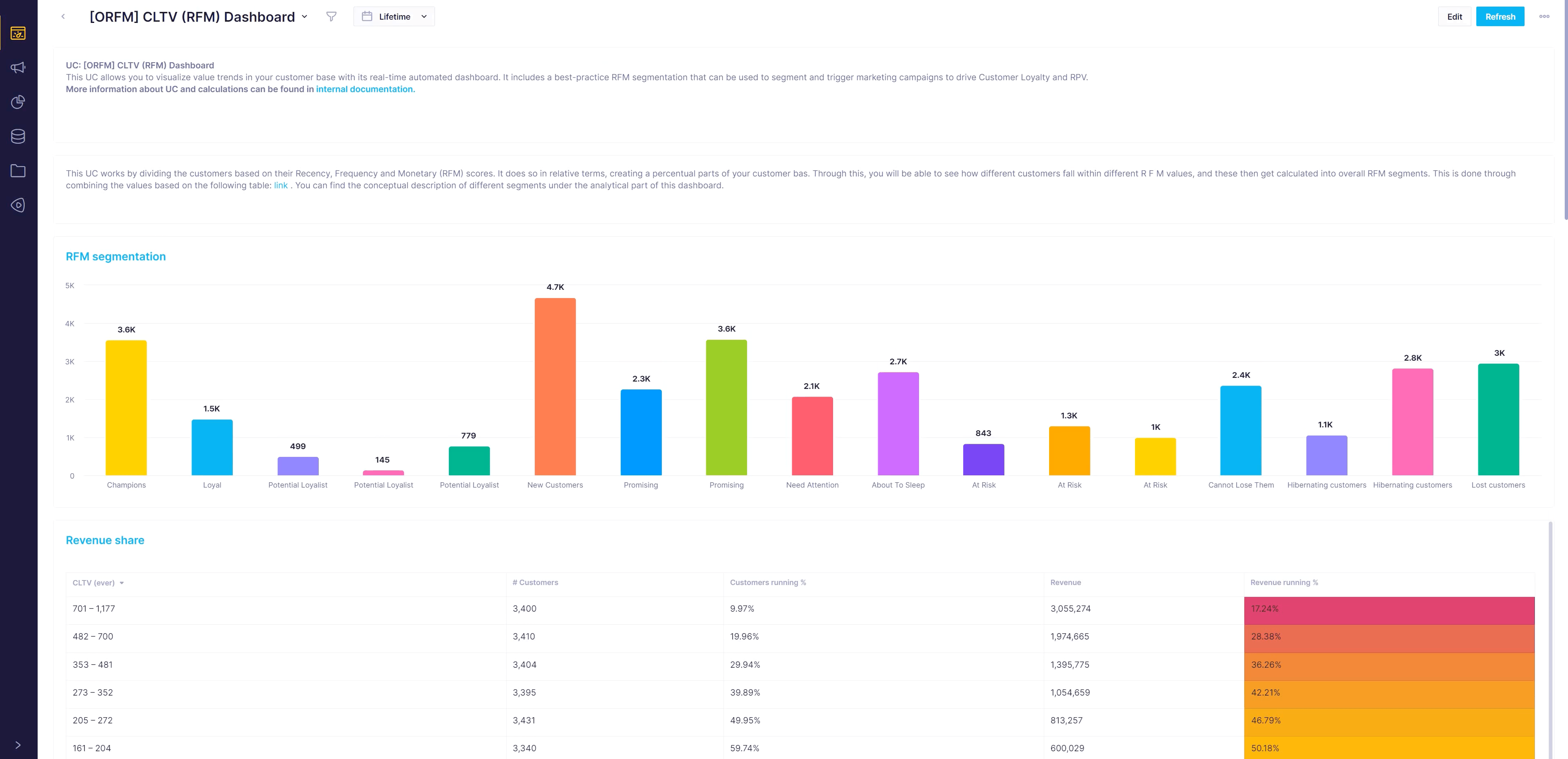
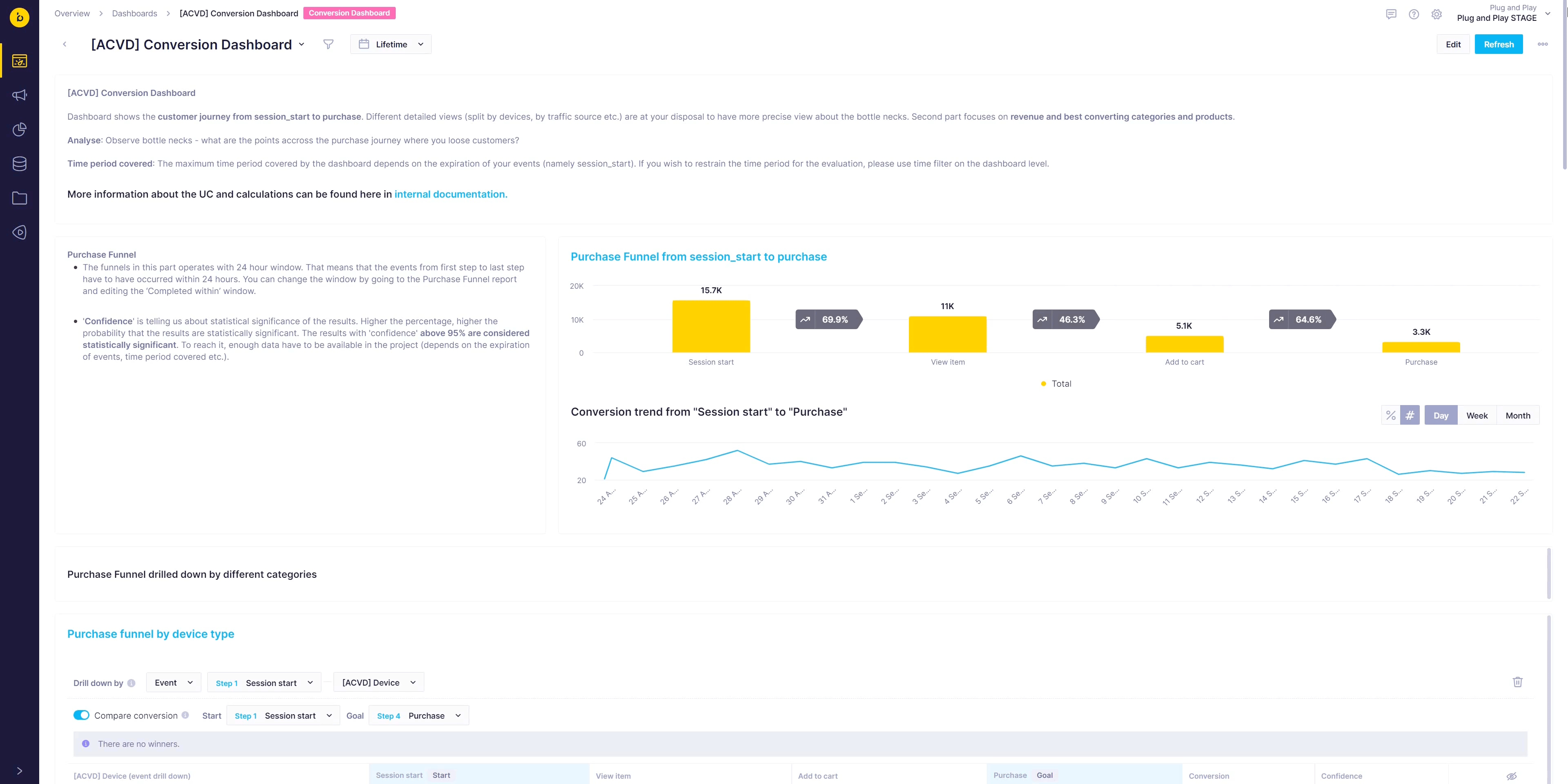
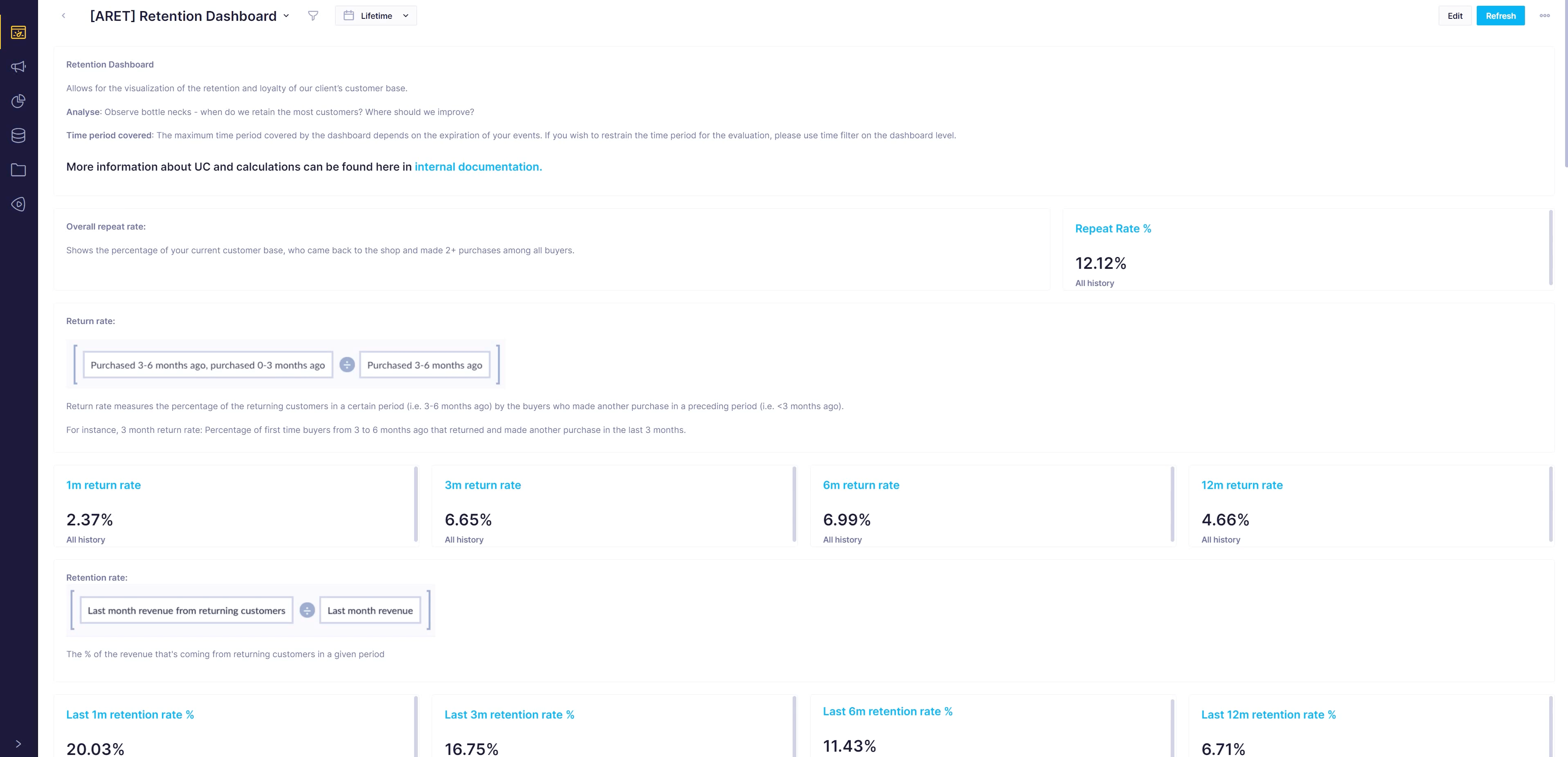
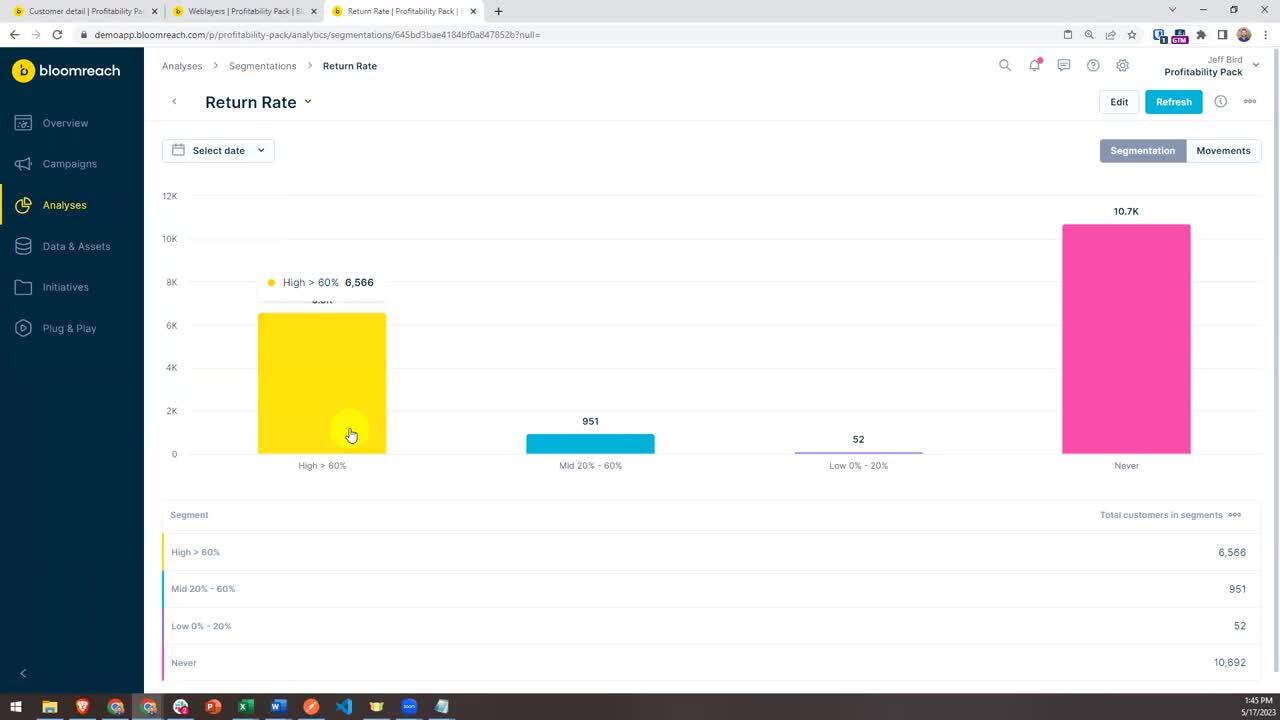
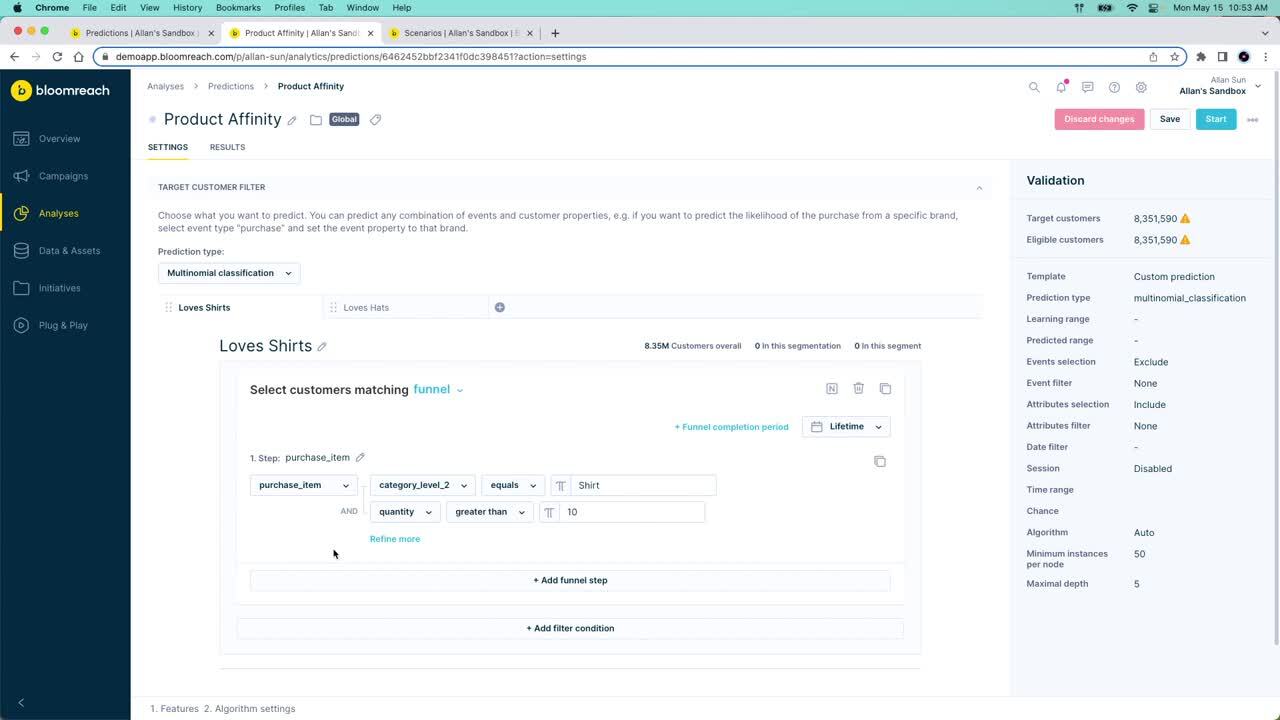
Data-Driven Best Practices
Marketing Analytics and Intelligence FAQs
Marketing intelligence is a method of using data to personalize the entire customer journey. When integrated into an AI content strategy, you can drive conversions with personalized product recommendations, predict the best time and channels to launch your campaigns, and show content variants tailored to each customer’s preferences. Additionally, the insights you gain into customer behavior, preferences, and trends will help fuel deeper segmentation and personalization. If you’re interested in marketing intelligence, you can learn more about our capabilities on the marketing intelligence and AI page.
“Marketing analytics” and “marketing intelligence” are often used interchangeably, but there’s a key difference. Marketing intelligence is more about the customer data itself (past purchasing/browsing behavior, preferences, etc.), while marketing analytics is the process of gathering actionable insights from the data.
Marketing intelligence is focused on internal data unique to your business, such as how your customers browse your site. Marketing (or market) research, on the other hand, has to do with external data on a broad scale for a particular industry (e.g., the percentage of all consumers who are shopping online for clothes this year).
By analyzing customer data, we can help businesses identify patterns and trends in customer behavior, allowing you to create more targeted and personalized marketing campaigns. Our platform also provides real-time analytics and insights, so businesses can quickly identify and respond to changes in customer behavior and preferences.
Our platform is designed to be user-friendly and intuitive, even for users who are not data experts. Our platform offers prebuilt analytics and reporting templates for easy access to insights based on different use cases and customizable dashboards, empowering businesses to quickly access and analyze their data without the need for extensive technical knowledge.
There are limitless ways to build the reports you need for your business. Any of our out-of-the-box analytics templates can be customized to meet a brand’s specific business needs. You can also build reports and dashboards from scratch. And because our platform provides real-time reporting and analytics, businesses can quickly identify changes in customer behavior and easily modify their marketing campaigns, workflows, or overall strategy.
Data is collected from a wide range of sources and channels. First-party data is collected from actions like registering on your website, which will provide information like name, email, and birthday. Data can also be gathered from events and actions taken on your website, such as items viewed, purchases, session length, most engaged channels, and more.
You can also connect to Bloomreach Discovery to bring in all your product data as well. Not only that, but Bloomreach supports a wide range of integrations with third-party solutions and tools. All these sources come together to create a more complete and accurate report of how your customers have interacted with your brand.
While Google Analytics and Bloomreach Engagement are both reporting similar metrics, there are some key differences. Google Analytics reports are centered around sessions, while Bloomreach Engagement is focused on individual customers and visitors, which we believe provides a more accurate overview of your business. If you use both platforms, you’ll see some differences in metrics such as the number of sessions, length of sessions, number of users, bounce rate, and more. For a more in-depth look at the differences between Engagement and Google Analytics, and how Engagement can be more accurate for your business, check out our documentation.




